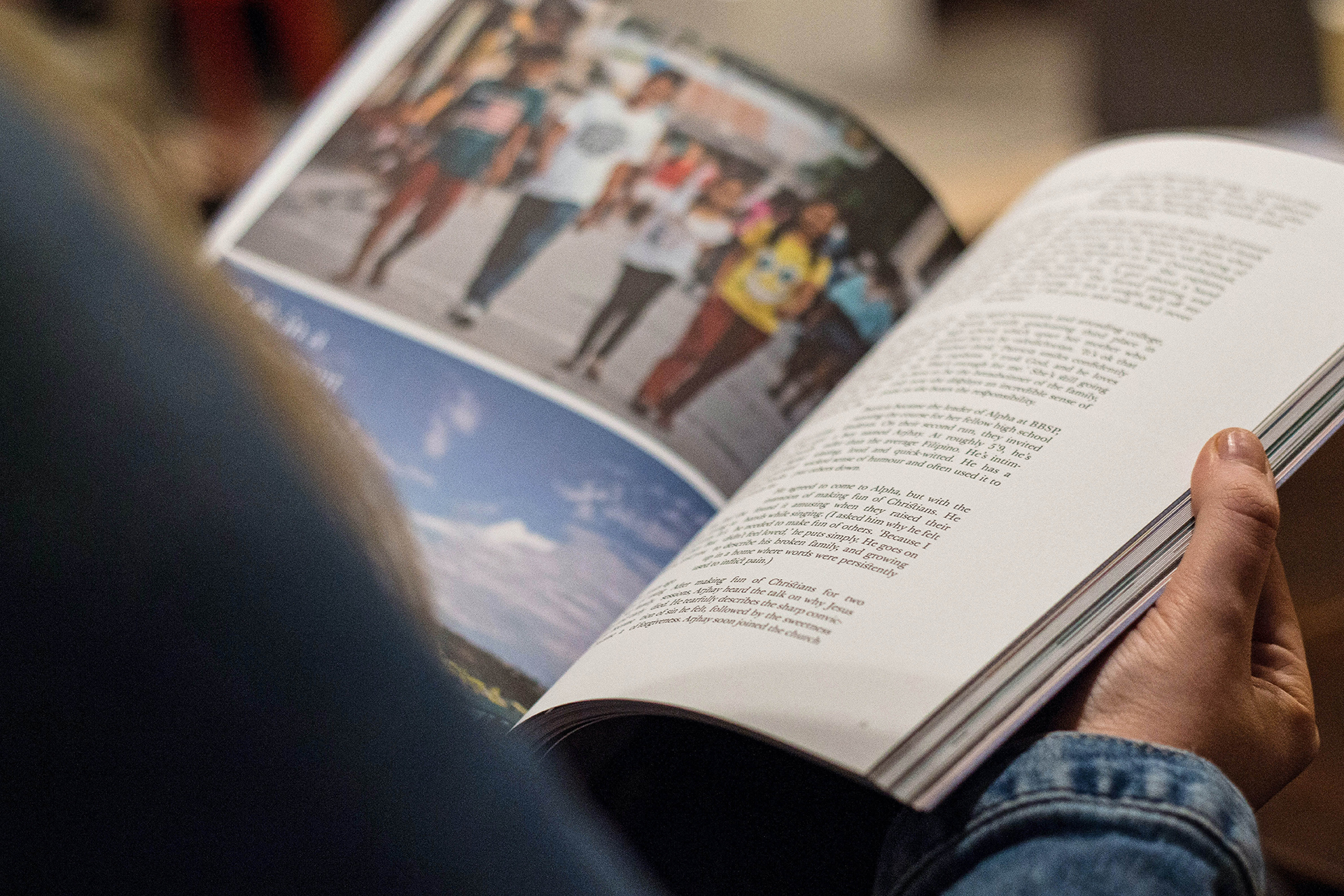Advantages of paper based communication
Humankind has communicated through printed messages since primitive times. Symbols were developed during the Stone Age, and used in cave paintings. The oldest known cave paintings are within Chauvet-Pont-d’Arc Cave in south-eastern France, and are considered the first known masterpiece of humanity.
Technology is so deeply integrated in our society that we cannot escape it: we must embrace it. As humankind moves increasingly to digital-first formats, the art of paper-based communication, is, it seems destined, for the annals of history.
Letter writing is the stuff of classic novels. Postcards are passé. Royal Mail reports a continuing downward trend in written communication. In the period 2020-21, Royal Mail delivered 7.79 billion pieces of post. This represents a 54% decrease in the period 2011-2012.
Digital communication may be cheaper and faster than ever before, but paper communication still packs a punch. It remains a vibrant way to communicate, and brings advantages for those who take the time to create paper-based content. Read on, to learn how paper-based communication can make your message more effective.

